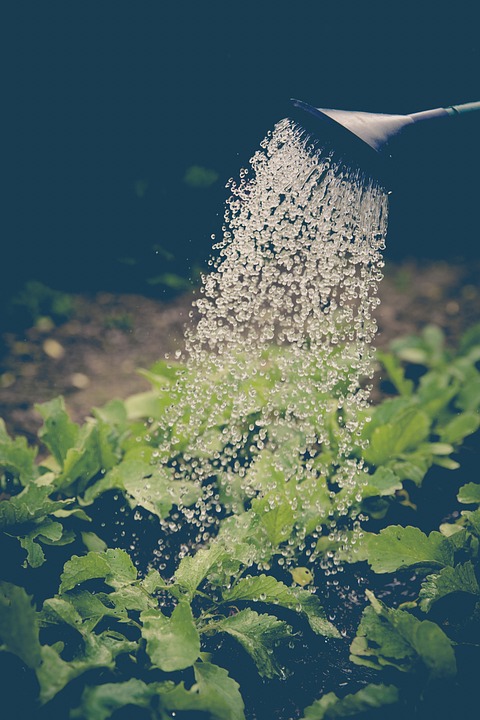Challenges in 16th Century Farming
In the 16th century, farming was a significantly challenging endeavor due to various factors that hindered agricultural productivity. Some of the main challenges faced by farmers during this time period included:
Poor Soil Quality
One of the primary challenges faced by farmers in the 16th century was the poor quality of the soil. Many farmers struggled to grow crops in soil that was depleted of essential nutrients, resulting in lower crop yields and decreased profitability.
Harsh Weather Conditions
Another major challenge faced by farmers in the 16th century was the unpredictable and often harsh weather conditions. Extreme weather events such as droughts, floods, and frosts could devastate crops and lead to significant losses for farmers.
Lack of Agricultural Technology
During the 16th century, farmers lacked access to modern agricultural technologies and machinery. This made farming a labor-intensive and time-consuming task, as farmers had to rely on manual labor and rudimentary tools to cultivate their land and harvest their crops.
Limited Access to Water
Access to water was a critical factor in agricultural success during the 16th century. Many farmers struggled to irrigate their crops and provide them with an adequate water supply, leading to decreased crop yields and failed harvests.
Solutions in 16th Century Farming
Despite the numerous challenges faced by farmers in the 16th century, there were several solutions that helped to improve agricultural productivity and increase crop yields. Some of the key solutions implemented by farmers during this time period included:
Crop Rotation
One of the most important innovations in 16th century farming was the practice of crop rotation. Farmers began rotating their crops to prevent soil depletion and maintain soil fertility. This helped to improve crop yields and ensure the long-term sustainability of their agricultural practices.
Use of Fertilizers
To address the issue of poor soil quality, farmers in the 16th century began using natural fertilizers such as manure and compost to enrich their soil. This helped to replenish essential nutrients and improve the overall health of the soil, leading to higher crop yields.
Improved Irrigation Systems
To overcome the challenge of limited access to water, farmers in the 16th century developed more efficient irrigation systems. They built canals, ditches, and reservoirs to capture and store water, allowing them to irrigate their crops more effectively and ensure a steady water supply for their fields.
Adoption of New Agricultural Techniques
As agricultural knowledge advanced in the 16th century, farmers began adopting new techniques and practices to improve their farming methods. They experimented with different planting methods, soil preparation techniques, and crop varieties to optimize their agricultural production and maximize their yields.
Conclusion
Despite the numerous challenges faced by farmers in the 16th century, they were able to overcome these obstacles through innovation, hard work, and determination. By implementing solutions such as crop rotation, the use of fertilizers, improved irrigation systems, and new agricultural techniques, farmers were able to improve their agricultural productivity and ensure the sustainability of their farming practices.
Overall, the challenges and solutions in 16th century farming serve as a testament to the resilience and ingenuity of farmers throughout history. Their ability to adapt to changing conditions and implement new technologies and practices has helped to shape the development of agriculture and ensure food security for future generations.





